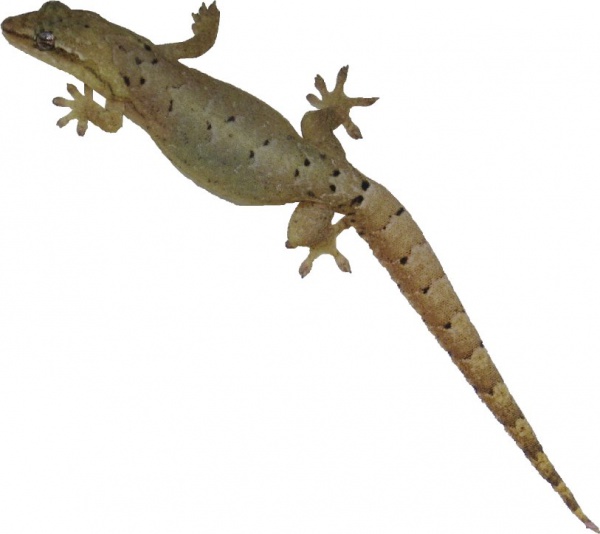Facts About Mourning Gecko
The mourning gecko (Lepidodactylus lugubris), also known as the common smooth-scaled gecko, is a captivating little lizard belonging to the Gekkonidae family. These geckos typically exhibit a range of colors from light to dark tan, adorned with dark spots and a distinctive brown stripe running along their bodies. They usually measure between 8.5 to 10 cm in length and possess the remarkable ability to change color.
One of the most intriguing aspects of mourning geckos is their unique mode of reproduction. They can reproduce through parthenogenesis, which means females do not need males to produce eggs. Every 4 to 6 weeks, they lay 1 to 2 eggs, adhering them to surfaces in secure locations. Although males do exist, they are quite rare and often sterile.
These geckos are found along the coasts of the Indian and Pacific Oceans and have spread to various regions around the world. They are cathemeral, meaning they are active both day and night. You'll often hear them chirping and see them chasing each other, showcasing their social nature.
Regarding their diet, mourning geckos are omnivores. In the wild, they consume insects, fruit, and pollen. When kept as pets, a diet consisting of tiny, calcium-dusted insects and crested gecko food will ensure they remain healthy and content. Their prolific breeding and low-maintenance care requirements make them popular pets among reptile enthusiasts. Additionally, their social behaviors make them delightful to observe.

 Argentina
Argentina